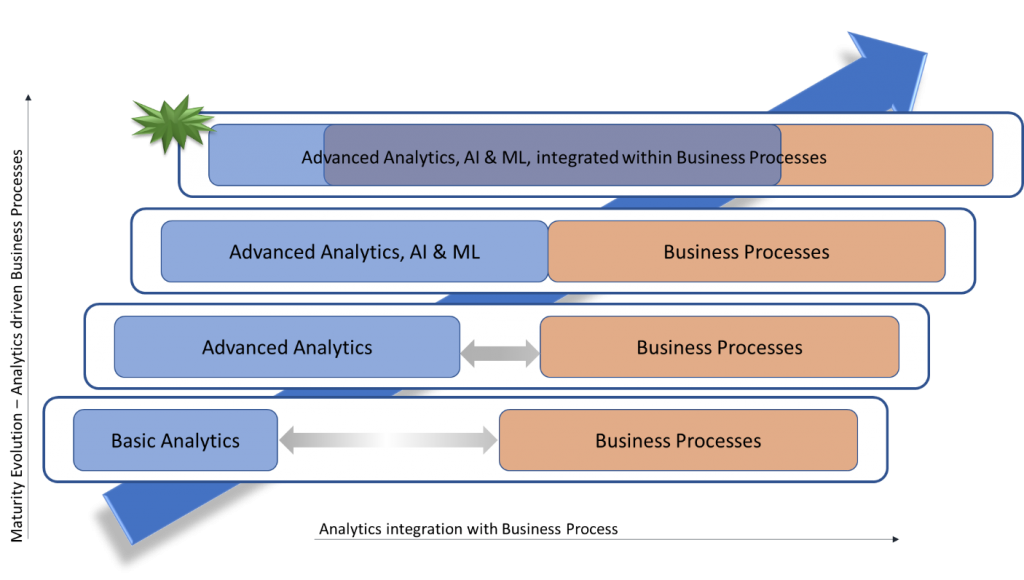Marketing has changed and continues to change. Some of this is because of technology, but mostly it is the result of evolving customer expectations.
Isolated customer interactions, however good, do not create a great customer experience. As isolated events, in  fact, they may have a low level of influence on the overall customer experience.
fact, they may have a low level of influence on the overall customer experience.
Most marketers already know the importance of the overall customer experience, and that it requires more than just improving one-off interactions. It requires looking at the overall customer journey, designing it with the customer in mind, and optimizing it with the organization in mind. These customer journeys may, and in most of the cases do, span departments and functions, including direct marketing, brand marketing, call center and digital teams.
Customer journey design in practice
Only a few companies have managed this process to their advantage. The reason appears to be challenges posed by technology, or lack of organizational process maturity. But, in many cases, it is more likely to be even more basic than that ‒ a failure to understand the whole idea of the customer journey itself. That is why carefully developed customer journeys, designed to accomplish specific objectives or drive particular customer behaviors is not common.
Leaders are usually aware of the need to design holistic customer journeys. And many try to put it in practice and they take preliminary steps toward implementation, but often lose momentum further downstream, because of the lack of any cooperative and cohesive strategy across different departments. Departmental actions are usually aligned with departmental goals, and it is not easy to assign success from a cross-functional journey to individual departments or functions.
Do organizations need to design attribution mechanisms to enable them to assign success to journey segments to motivate individual departments and functions to work toward the broader goal?
Or, should it be the other way around – design the journey and then create incentives for participating departments and functions? There is no established formula for success, but you could argue that both should be addressed at the same time. In other words, develop and deploy cross-functional journeys which are inherently designed for success attribution to various participating functions.
Great customer experience will come from analytics-embedded business process
This emphasizes the need to bring together an operational activity (i.e., customer journey design) and an analytical process (i.e., attribution mechanism design). I think this is what many, if not most, traditional business managers find hard to internalize and operationalize, which is the reason why customer journey design has not been achieved effectively. It also positions analytics at the central position in business processes, right from the planning stage. This is contrary to the conventional process of having analytics as a value-add or support function, where business processes come first, and analytics is used to make them more effective and efficient.
Delivering a customer experience that meets customer expectations demands redesigned business processes. To drive and measure actions analytically, one also needs to design them analytically. It is time for marketing managers to shift analytics and data-driven insights into mainstream operations. This is critical for delivering more effective multidepartmental multifunctional processes, which in turn will make customer journey management a more organizational concept and will support delivery of great customer experience.



1 Comment
Pingback: Boost your bank’s operational efficiency with intelligence